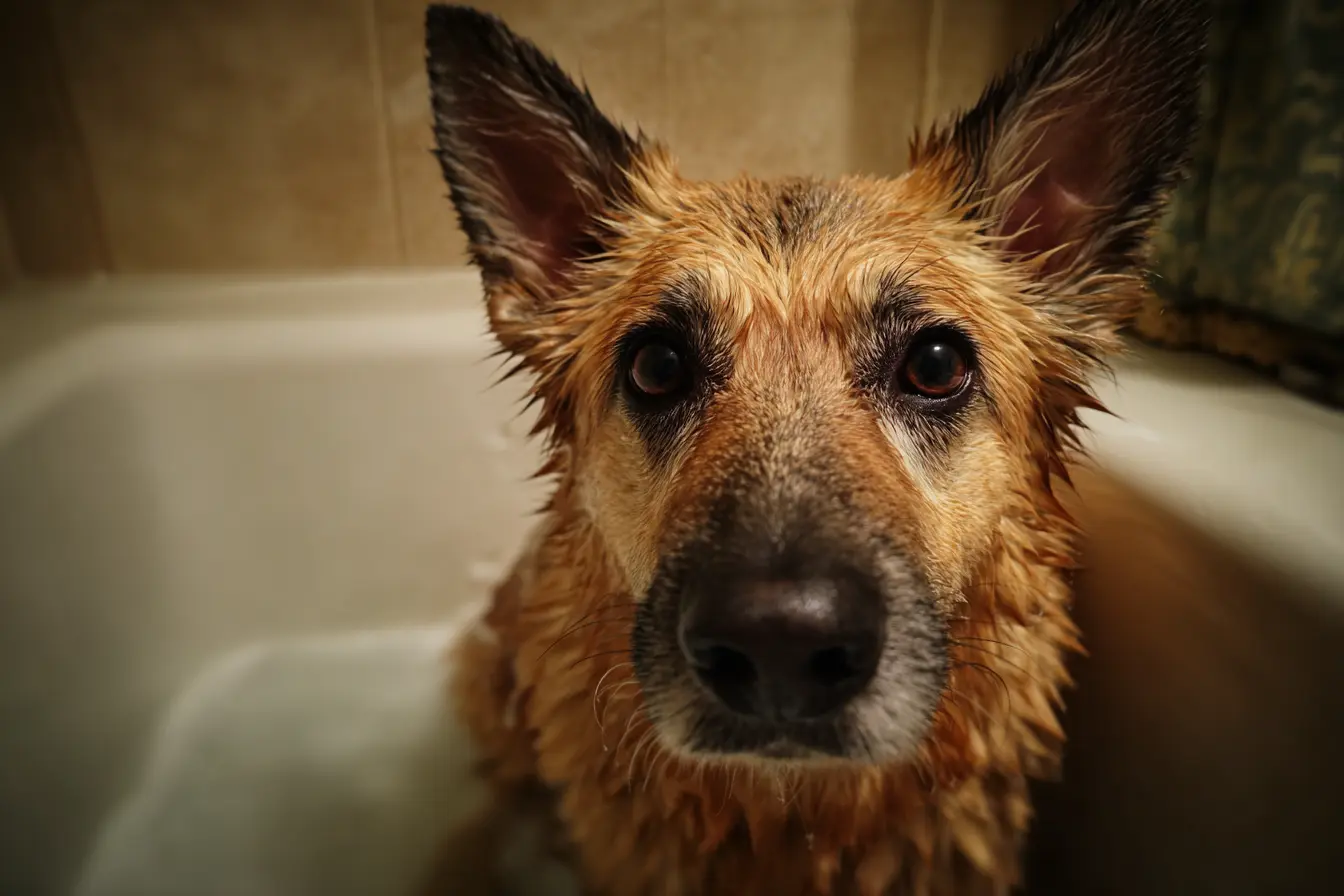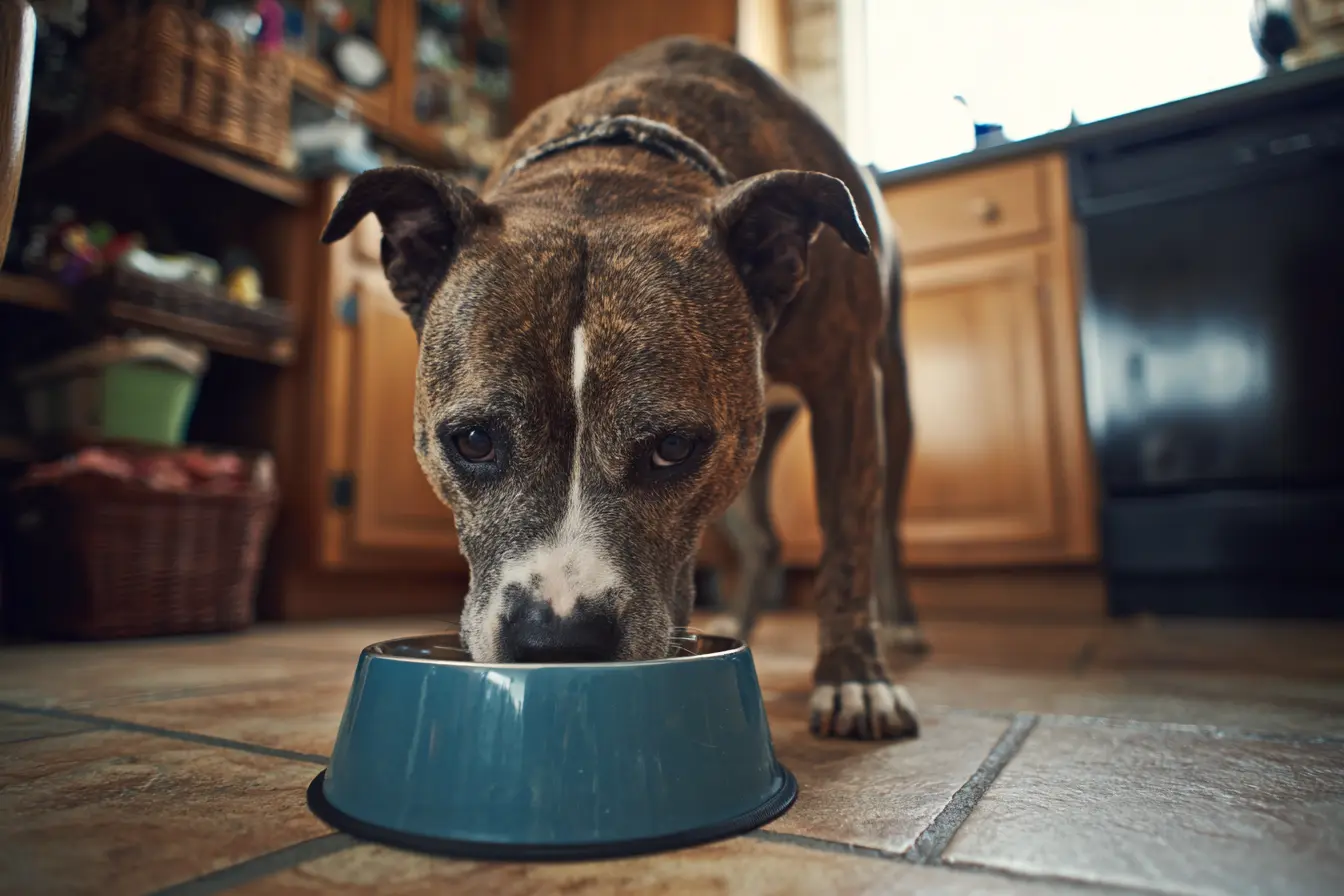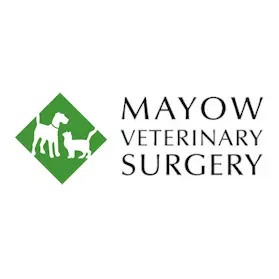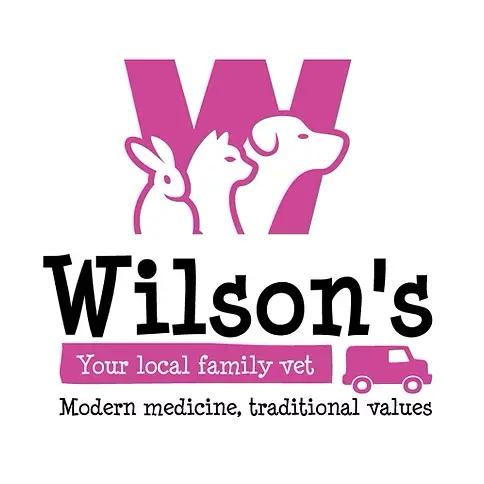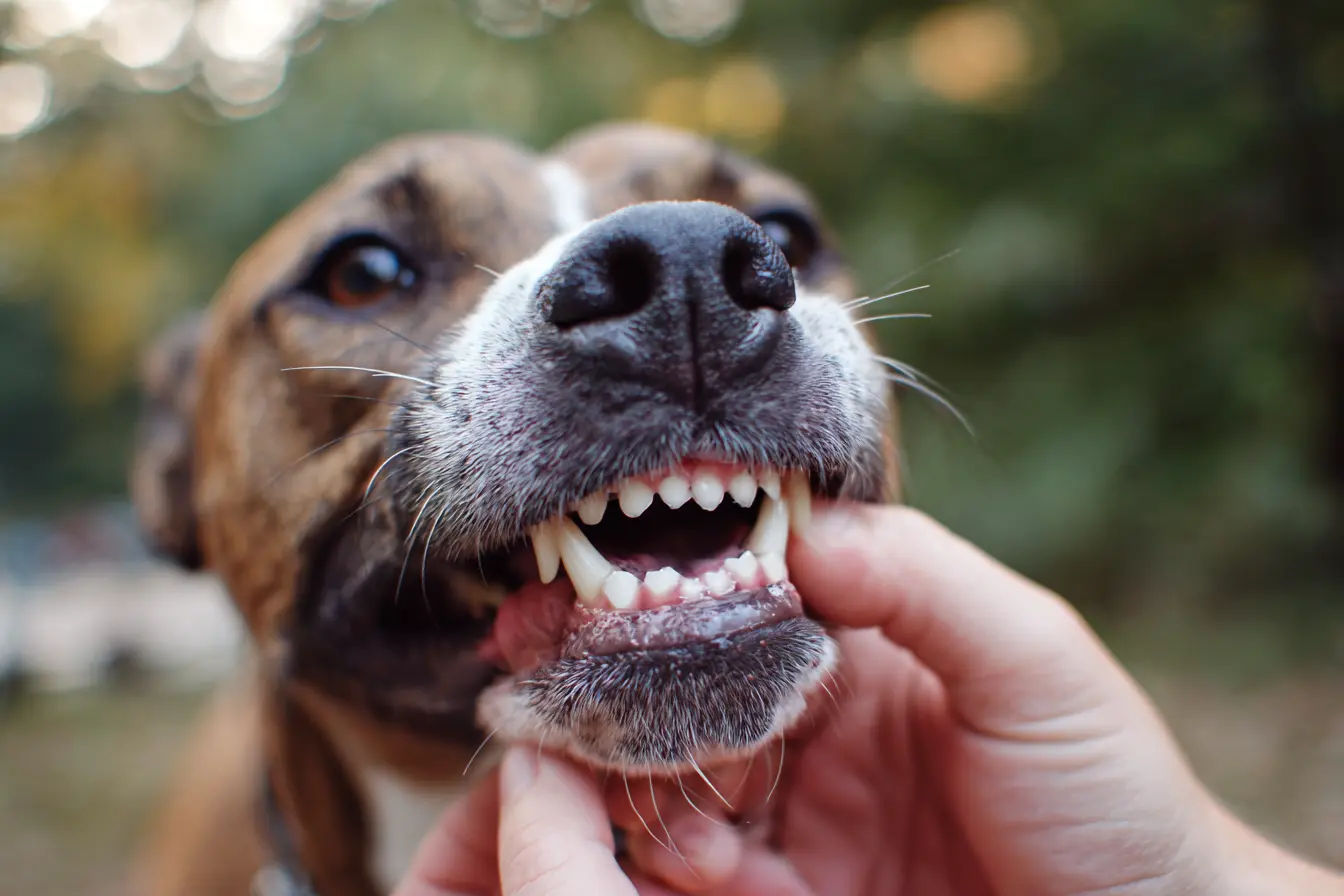
Dental Disease in Dogs: Causes, Symptoms, Treatment, and Prevention
Dental disease is one of the most common health problems in dogs, affecting approximately 80% of dogs over the age of three. Poor dental hygiene can lead to bad breath, gum infections, tooth loss, and even systemic health issues affecting the heart, liver, and kidneys.
Understanding the causes, recognising symptoms early, and implementing an effective dental care routine can help prevent serious complications and keep a dog’s teeth and gums healthy.
What is dental disease in dogs?
Dental disease, also known as periodontal disease, is a progressive condition affecting the teeth, gums, and supporting structures of the mouth. It develops when bacteria, plaque, and tartar accumulate on the teeth and below the gumline, leading to infection and inflammation.
If left untreated, dental disease can cause pain, tooth loss, and serious infections that affect overall health.
Causes of dental disease in dogs
Several factors contribute to dental disease in dogs, including:
- Plaque and tartar buildup caused by food particles and bacteria
- Lack of dental hygiene leading to unchecked bacterial growth
- Diet and feeding habits, with soft foods contributing more to plaque accumulation
- Genetics, as some breeds are more prone to dental issues than others
- Chewing behaviour, as dogs that don’t chew on toys or dental chews may develop more plaque
- Age, as older dogs are more likely to have dental problems
Stages of dental disease
Dental disease in dogs progresses through four stages:
Stage one – gingivitis
- Mild redness and inflammation of the gums
- Bad breath (halitosis)
- No significant damage to teeth or bone structure
Stage two – early periodontitis
- Increased gum inflammation and swelling
- Tartar accumulation along the gumline
- Some loss of attachment between the gums and teeth
Stage three – moderate periodontitis
- Receding gums exposing the tooth roots
- Bleeding when chewing or during brushing
- Significant tartar and plaque buildup
- Possible tooth looseness
Stage four – advanced periodontitis
- Severe gum recession and infection
- Loose or missing teeth
- Pus formation around the teeth
- Pain, difficulty eating, and systemic infections
Symptoms of dental disease in dogs
Dogs with dental disease may show a range of symptoms, including:
- Bad breath
- Red, swollen, or bleeding gums
- Yellow or brown tartar buildup on teeth
- Excessive drooling
- Reluctance to eat hard food
- Dropping food while eating
- Pawing at the mouth or rubbing the face
- Loose or missing teeth
- Weight loss due to difficulty eating
If a dog shows any of these symptoms, a vet should be consulted for a dental examination.
Diagnosing dental disease in dogs
A vet will diagnose dental disease based on:
- A physical examination of the mouth, teeth, and gums
- Noting signs of tartar, gum inflammation, and bad breath
- X-rays to assess bone loss and hidden infections
- Blood tests if infection is suspected to have spread to other organs
Early detection and treatment help prevent serious complications.
Treatment for dental disease in dogs
The treatment of dental disease depends on the severity of the condition.
Professional dental cleaning
- Performed under general anaesthesia to allow thorough cleaning
- Plaque and tartar removed using ultrasonic scaling
- Teeth polished to slow future plaque buildup
- X-rays taken to assess hidden dental problems
Tooth extractions
- Required for severely damaged or infected teeth
- Helps prevent further pain and infection
Antibiotic treatment
- Prescribed in cases of severe infection or abscesses
- Helps reduce bacterial spread in the body
Pain management
- Anti-inflammatory medication may be needed for dogs experiencing discomfort
- Soft food recommended after extractions to ease recovery
Preventing dental disease in dogs
A consistent dental care routine is key to preventing dental disease.
Daily tooth brushing
- Brushing with a dog-specific toothbrush and toothpaste removes plaque before it hardens
- Never use human toothpaste, as it contains ingredients toxic to dogs
- Start brushing slowly and make it a positive experience
Dental chews and toys
- Chewing helps reduce plaque and tartar buildup
- Choose vet-approved dental chews that are safe and effective
- Avoid hard bones or antlers that can cause tooth fractures
Special dental diets
- Some dog foods are designed to support oral health by reducing plaque accumulation
- Dry kibble generally helps remove plaque more effectively than soft food
Regular vet check-ups
- Annual dental examinations help detect issues early
- Professional dental cleanings may be required every 6 to 12 months for some dogs
Breeds prone to dental disease
Some dog breeds are more susceptible to dental problems due to their jaw structure and genetics.
Small and brachycephalic breeds
- Yorkshire Terriers
- Chihuahuas
- Dachshunds
- Pugs
- Shih Tzus
- French Bulldogs
These breeds often have crowded teeth, which makes plaque removal more difficult, increasing the risk of dental disease.
Complications of untreated dental disease
If dental disease is left untreated, it can lead to serious health problems, including:
- Tooth loss, making eating difficult and painful
- Abscesses and infections, which can spread to the jawbone and soft tissues
- Bone loss, weakening the structure of the jaw
- Systemic infections, as bacteria enter the bloodstream and affect the heart, liver, and kidneys
Dental disease can significantly impact a dog's overall health, making prevention and early treatment essential.
Myths about dental care for dogs
Dogs don’t need their teeth brushed
Even though wild animals do not have their teeth brushed, domesticated dogs are at higher risk of dental disease due to diet and lack of natural chewing behaviour.
Bad breath is normal in dogs
Bad breath is often a sign of dental disease or infection, not a normal part of ageing.
Dry food alone prevents dental disease
While dry food helps reduce plaque, brushing is still necessary for proper dental care.
When to see a vet
A vet should be consulted if a dog shows any of the following signs:
- Persistent bad breath
- Difficulty eating or reluctance to chew
- Red, swollen, or bleeding gums
- Loose or missing teeth
- Excessive drooling
Early intervention can prevent pain and serious health complications.
Conclusion
Dental disease is a common but preventable condition in dogs. Regular tooth brushing, dental chews, vet check-ups, and professional cleanings help maintain good oral health. Recognising symptoms early and seeking veterinary care when needed can prevent serious complications and ensure a dog’s long-term well-being.
By making dental care a routine part of a dog’s health plan, owners can help their pets enjoy a pain-free and healthy life.
Contents
- What is dental disease in dogs?
- Causes of dental disease in dogs
- Stages of dental disease
- Symptoms of dental disease in dogs
- Diagnosing dental disease in dogs
- Treatment for dental disease in dogs
- Preventing dental disease in dogs
- Breeds prone to dental disease
- Complications of untreated dental disease
- Myths about dental care for dogs
- When to see a vet
- Conclusion
Tags
Related Vets
Vets near you
Speciality vets
- Aquatics vet specialists
- Birds vet specialists
- Camelids vet specialists
- Cats vet specialists
- Cattle vet specialists
- Deer vet specialists
- Dogs vet specialists
- Equines vet specialists
- Exotic vet specialists
- Goats vet specialists
- Pigs vet specialists
- Poultry vet specialists
- Sheep vet specialists
- Small Mammals vet specialists
- Wild vet specialists
